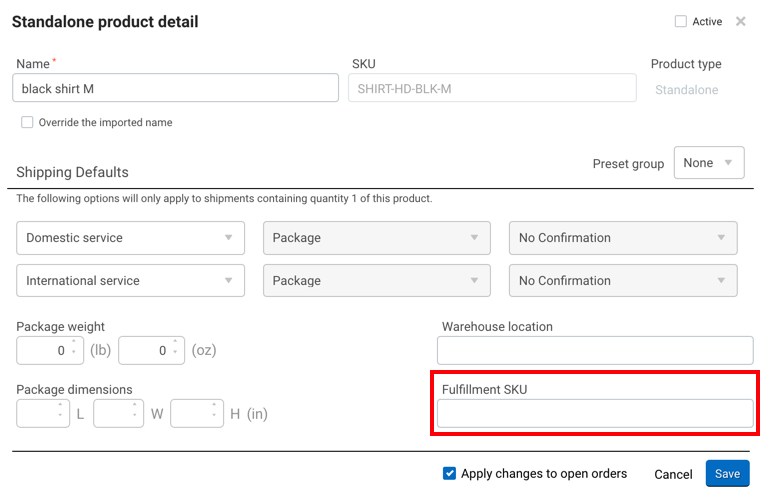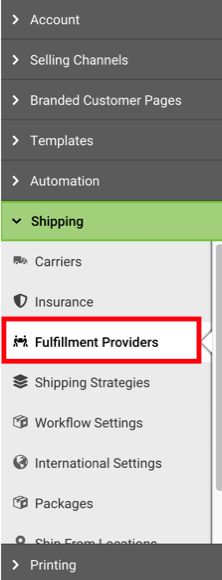Details about ShipStation's integration with Shipwire. Includes requirements, connection process, features, notes, and troubleshooting tips.
Shipwire is a worldwide fulfillment solution that will store your products and ship them to your customers. ShipStation's integration with them allows you to submit requests to Shipwire so they know what to ship and where to ship it.
If you do not yet have an account, go to the Shipwire sign-up page to sign up for an account!
Connection Requirements:
-
An active account with Shipwire.
-
Your Shipwire account email address
-
Your Shipwire account password
To connect your Shipwire account to ShipStation:
-
Select the Shipwire tile and click Connect.

-
Enter your Shipwire email address and password.
-
Click Connect.
Warning
ShipStation does not validate the Shipwire email address and password during the connection process. Thus, it's possible to enable the Shipwire integration using an invalid email address or password without seeing any errors until ShipStation tries to get rates or submit a fulfillment request. If an invalid email address or password are entered, you'll need to remove Shipwire and re-add it using a valid email address and password.
The ShipStation integration with Shipwire supports the following standard features:
The following additional options can be enabled by ShipStation Support:
|
Feature |
Description |
|---|---|
|
Request fulfillment for insufficient inventory |
By default, ShipStation will not submit fulfillment requests to Shipwire if the product has insufficient stock in Shipwire. If this setting is enabled, ShipStation will submit fulfillment requests to Shipwire regardless of the current stock levels. These fulfillment requests will be set to Backordered/OnHold status in Shipwire. |
-
ShipStation cannot control the specific shipping carrier, service, or package type that Shipwire will use to deliver your products to customers. Shipwire will choose the optimal shipping carrier, service, and package based on the products that are being shipped, the destination, and your Shipwire account settings.
-
ShipStation can only receive and store a single tracking number for a Shipwire fulfillment. If Shipwire used a carrier that supports multi-package shipping, ShipStation will receive a master tracking number that can be used for all packages in the shipment. If Shipwire used a carrier that does not support multi-package shipping, ShipStation will only store and use the first tracking number.
-
Rates for UPS are not yet available in the Rate Calculator.
Here are some common issues, potential causes, and troubleshooting tips.
|
Issue |
How to troubleshoot or resolve |
|---|---|
|
Error: Unrecognized SKU |
What it means: Shipwire was unable to identify the SKU that ShipStation is sending in the fulfillment request. Usually, this occurs because the SKU on the selling channel does not match the SKU used within Shipwire. What to do: Edit the product defaults for the product and set the Fulfillment SKU to match the product's SKU in Shipwire. Be sure to Apply changes to open orders!  |











